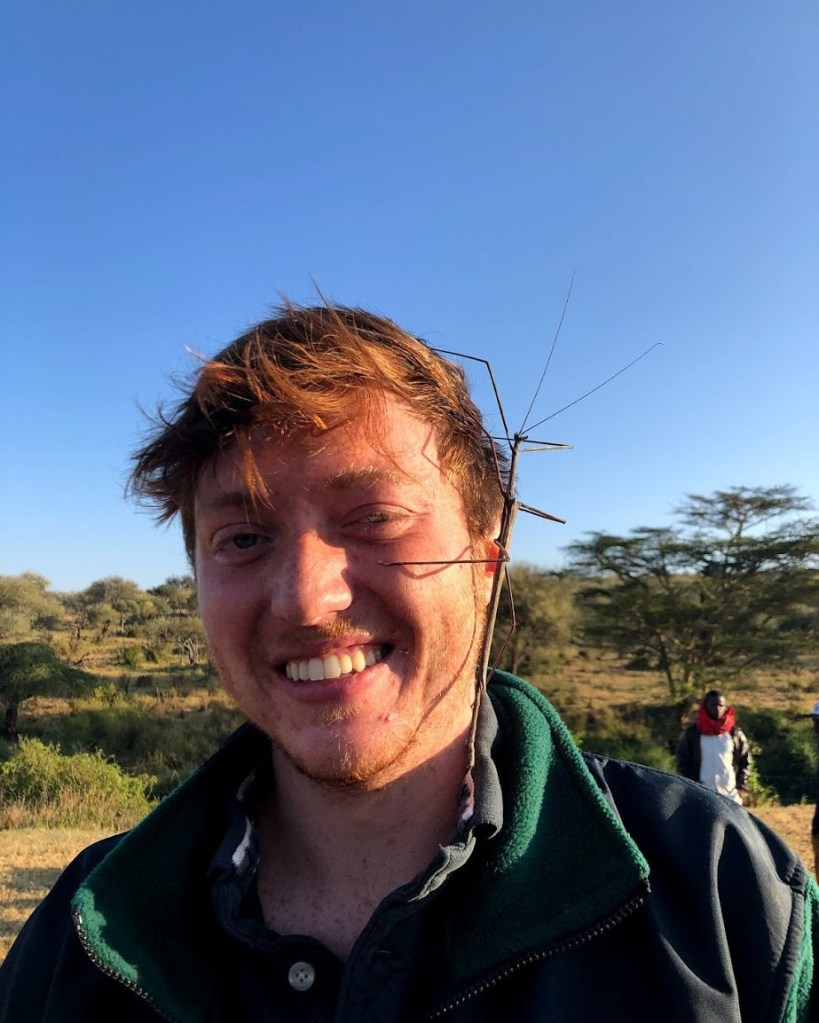
Present Members

Wayne Dawson
I am a professor of ecology at the University of Liverpool, in the Department of Evolution, Ecology and Behaviour. Before that, I was an associate professor at Durham University.
In many ways, I’m a plant community ecologist at heart, and my research focuses on understanding the causes and consequences of invasions by introduced plants. I also have longstanding interests in plant-soil interactions and plant functional traits.
As well as leading a research group in Liverpool, I regularly contribute to workshops and risk assessments aimed at identifying species posing a high risk of invasion to the UK and elsewhere. I am a nominated member of the NEOBIOTA Council (the European Consortium of scientists and environmental managers who work on biological invasions). In this role, I represent the organization and promote its aims at a national level in the UK.
From 2011 to 2015 I was a senior post-doc in Mark van Kleunen’s lab in the University of Konstanz (Germany). In that role, I became a core team member of the Global Naturalized Alien Flora (GloNAF) database project, with colleagues from Austria, Germany and the Czech Republic. Find out more about the GloNAF project here.

Alison Copeland
I came to Durham in September 2022 to begin a PhD project investigating Bermuda’s vegetation communities; particularly the origin and ecology of the invasive plant species, and the unique communities they form with Bermuda’s indigenous flora in unmanaged habitats. My interests include endangered and invasive species mapping, threatened plant recovery, biodiversity surveys especially in protected areas, island endemics and translating science to policy.
Before coming to Durham, I was a Biodiversity Officer for the Government of Bermuda. This role involved endangered species recovery projects, habitat management, policy work and public outreach and education. Some of my key projects were the IUCN Red Listing of 9 Bermudian endemic plants with RBG Kew, and the Governor Laffan’s Fern recovery project with Omaha’s Henry Doorly Zoo.
I completed my Master of Science degree in Geography at Memorial University of Newfoundland (MUN) in Canada. My thesis project was to create a seabed habitat map for Newman Sound fjord using multibeam sonar, video and grab sampling. I then worked for several years as a research associate for MUN’s Marine Habitat Mapping Group, creating seabed habitat maps for Protected Areas in Newfoundland and Labrador.
Affiliated Members

Marie Dale
PhD student (Lead Supervisor: Prof. Steve Willis, Conservation Ecology Group Durham). Funded by a Royal Commission of the Exhibition 1851 Industrial Fellowship award, and working on biofouling and marine invasion risks arising from global shipping.
Past Members

Peter Stewart
For his PhD, Peter studied the impacts of invasive prickly pear cacti (Opuntia spp.) on wild mammals in Laikipia County, Kenya. As part of this project he created Prickly Pear Project Kenya ( https://www.zooniverse.org/projects/peter-dot-stewart/prickly-pear-project-kenya) on Zooniverse. Peter is currently a post-doc at the University of Stirling.

Pierre Tichit
Pierre was Postdoctoral Research Associate (Durham) who working on a Darwin+ funded project studying the interactive effects of climate change and invasive species on the sub-antarctic island of South Georgia, Pierre conducted field surveys, plant growth experiments and modelling to assess the vulnerability of native ecosystems to invasive plants and invertebrates that may benefit from climate change. Pierre will start a new post-doc in Sweden, in 2024.

Oana Resiga
Master of Science by Research: 2021-2022
Oana’s project focused on studying the physiological performance of Himalayan Balsam (Impatiens glandulifera) and Giant Hogweed (Heracleum mantegazzianum) to simulated warming and drought.

Ewan Jones
Master of Science by Research: 2021-2022
Ewan’s project involved assessing the effect of plant-soil feedbacks on Himalayan Balsam competitive performance against native plants under simulated warming, and the effects of warming on soil microbial communities.

Katy Ivson
Katy was a PhD student investigating how climate change and biotic interactions impact non-native plant success in Norway. Katy carried out various modelling techniques to identify potential risk species to Norway in the future and to test the enemy release hypothesis across herbarium specimens and botanic gardens, and set up growth experiments to measure the effect of warming and herbivory on plant growth. Katy is now a post-doc at the University of Birmingham.

Eladio Rodriguez-Penedo
Eladio was an Erasmus+ traineeship postgrad (Durham). Eladio studies the change in distribution and frequency of invasive plants, including Himalayan Balsam along the River Wear catchment, from between the 1990s to the present day. He also combined data from GloNAF and the Global Biotic Interactions (GloBI) search engine to analyze what is known about biotic interactions involving naturalised plants, across the globe.